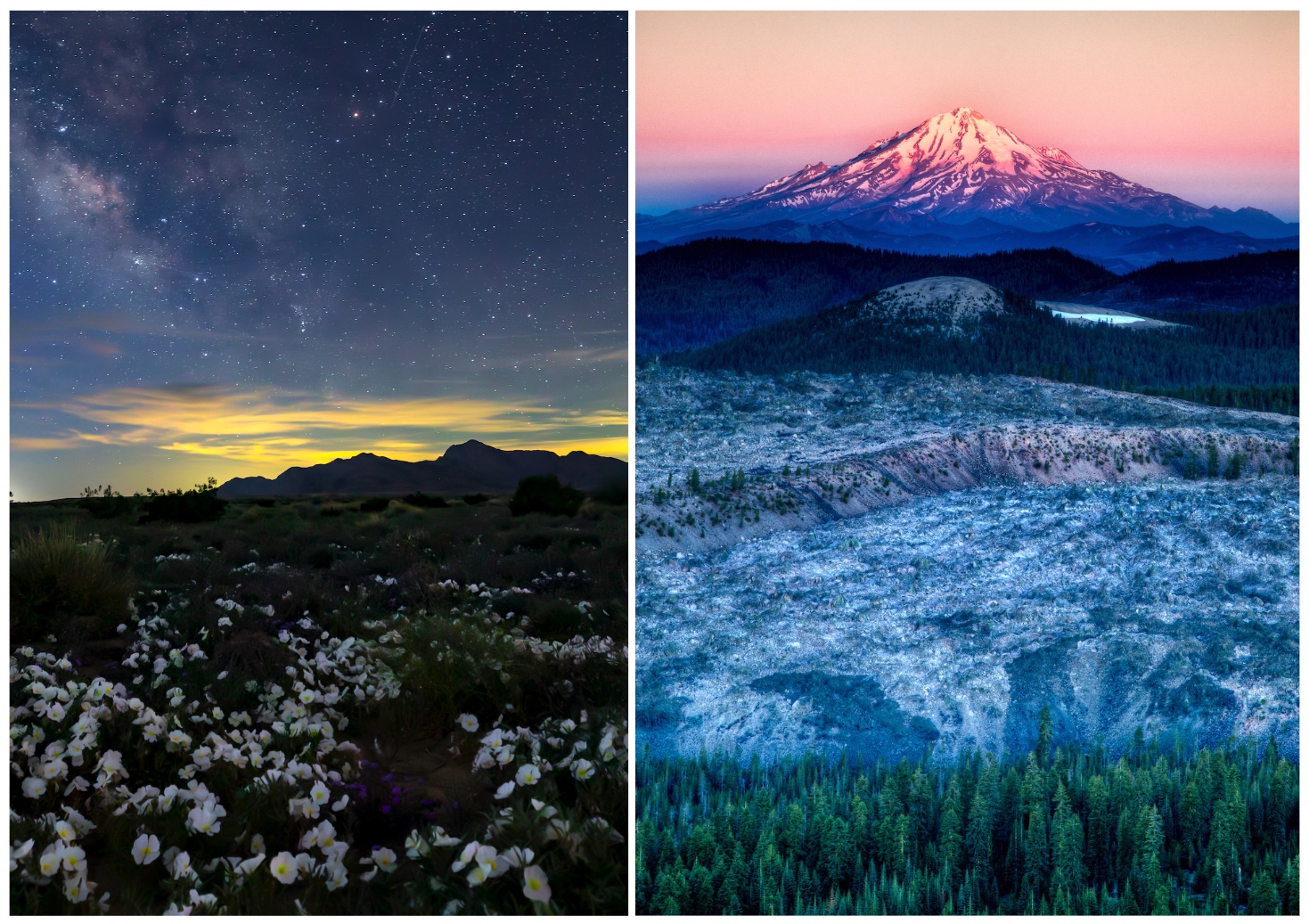
- Details
- By Kaili Berg
The Biden administration established two new national monuments in California on Tuesday, protecting more than 848,000 acres of tribal ancestral lands through designations that emphasize Native American co-management.
The Chuckwall National Monument spans 624,000 acres of desert landscape south of Joshua Tree National Park, encompassing a region rich in cultural and ecological importance.
Seven tribes supported the designation, which protects Indigenous trail systems, sacred sites, village locations, and ceremonial places to their cultural heritage. The Torres Martinez Desert Cahuilla Indians have stewarded the area since time immemorial, and the land contains thousands of cultural sites and objects tied to their history and identity.
“For thousands of years, the Torres Martinez Desert Cahuilla Indians have called the lands in the Chuckwalla National Monument home,” Joseph DL Mirelez, the tribe’s chairman, said in a statement. “We are happy to see the designation protect this area that contains thousands of cultural places and objects of vital importance to the history and identity of the Torres Martinez Desert Cahuilla Indians.”
“The essence of who we are lies in the landscapes of Chuckwalla and Avi Kwa Ame. Every trail, every living being, and every story in these places is connected to a rich history and heritage that runs in our DNA,” the tribal council of the Fort Yuma Quechan Indian Tribe wrote in a statement.
The monument includes Painted Canyon, Box Canyon, and Corn Springs Campground, areas traditionally used for hiking, camping, and off-road recreation. These activities will remain permitted under new protections designed to preserve the land’s ecosystems and cultural sites.
The designation was carefully planned to avoid disrupting areas identified for renewable energy development, reflecting a collaborative effort to balance conservation with modern energy needs.
Local officials expect the designation will boost the area’s economy by drawing visitors to the monument while safeguarding its landscapes for future generations.
Near Mount Shasta in the ancestral homelands of the Pit River Nation, the Sáttítla Highlands National Monument covers 224,000 acres near Mount Shasta, stretching across the Shasta-Trinity, Klamath, and Modoc National Forests in northern California.
The area is sacred to the Pit River Nation, whose members have advocated for its protection for decades. The designation shields the land from development, including geothermal energy projects, while preserving critical water resources and habitats for rare wildlife.
“For generations, my people have fought to protect Sáttítla, and today we celebrate the voices of our Ancestors being heard,” Yatch Bamford, chairman of the Pit River Nation said in a statement. “Sáttítla Highlands National Monument is a victory not just for Tribal Nations but for every American who understands the value of clean water, healthy lands, and preserving the true history of these United States of America.”
Multiple tribes backed the Chuckwalla’s designation, including the Torres Martinez Desert Cahuilla Indians, Fort Yuma Quechan Indian Tribe, Cahuilla Band of Indians, Chemehuevi Indian Tribe, Colorado River Indian Tribes, Morongo Band of Mission Indians, and Twenty-Nine Palms Band of Mission Indians, along with cities, businesses, and conservation groups.
“CRIT has worked tirelessly to preserve and protect water, resources, and sacred sites,” Amelia Flores, chairwoman of the Colorado River Indian Tribes, said in a statement. "This designation clearly affirms CRIT's spiritual, cultural, and ancestral connection to these lands.”
The monuments advance broader environmental goals. Chuckwalla’s designation aligns with California’s Desert Renewable Energy Conservation Plan, which aims to balance renewable energy development with land conservation.
Sáttítla Highlands will help safeguard water resources for millions of Californians while protecting habitats for endangered species.
The Department of the Interior will implement co-management agreements with tribal nations, incorporating traditional ecological knowledge into stewardship efforts. These partnerships will shape monument management, blending Indigenous and scientific approaches to conservation.
The designations have also reignited calls from tribal leaders for further protections. The Colorado River Indian Tribes and Fort Yuma Quechan Indian Tribe continue to push for the proposed Kw’tsán National Monument in Southern California to receive similar recognition.
More Stories Like This
Trump signs law that revokes some limits on drilling in Alaska’s National Petroleum ReserveSouthern Sierra Miwuk Nation Gets 900-Acres ofLand Back
Chilkat Indian Village Tells New Palmer Mine Owners They Are “Not Welcome” in Chilkat Valley
Tribes, Coastal Group Ask Army Corps to Revoke Permit for Texas Export Terminal
Michigan Tribes Tell Supreme Court: Don’t Bail Out Enbridge
Help us defend tribal sovereignty.
At Native News Online, our mission is rooted in telling the stories that strengthen sovereignty and uplift Indigenous voices — not just at year’s end, but every single day.
Because of your generosity last year, we were able to keep our reporters on the ground in tribal communities, at national gatherings and in the halls of Congress — covering the issues that matter most to Indian Country: sovereignty, culture, education, health and economic opportunity.
That support sustained us through a tough year in 2025. Now, as we look to the year ahead, we need your help right now to ensure warrior journalism remains strong — reporting that defends tribal sovereignty, amplifies Native truth, and holds power accountable.
 The stakes couldn't be higher. Your support keeps Native voices heard, Native stories told and Native sovereignty defended.
The stakes couldn't be higher. Your support keeps Native voices heard, Native stories told and Native sovereignty defended.
Stand with Warrior Journalism today.
Levi Rickert (Potawatomi), Editor & Publisher


